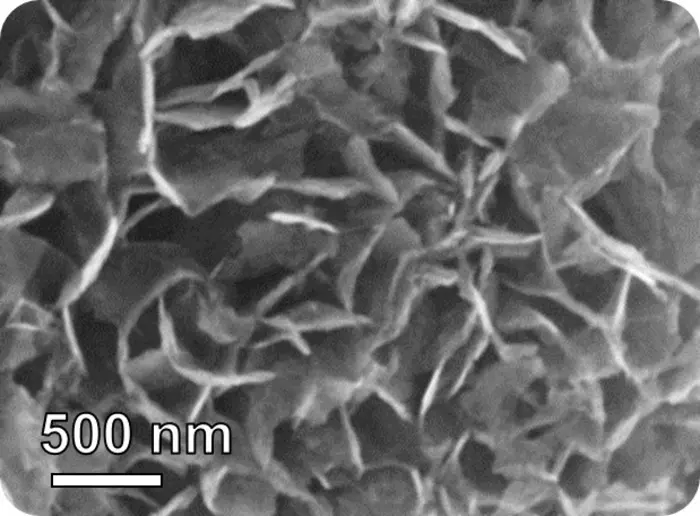Summary: Scientists have developed a revolutionary new sensor that can detect lung cancer by analyzing compounds in a person’s breath. The ultrasensitive device, made from specially engineered nanoflakes, successfully distinguished between the breath of people with and without lung cancer in initial testing. This breakthrough could lead to non-invasive early screening for lung cancer.
Journal: ACS Sensors, November 6, 2024, DOI: 10.1021/acssensors.4c01298 | Reading time: 5 minutes
A Breath of Fresh Science
Every breath we exhale contains chemical clues about our health. Among these airborne compounds, one in particular – isoprene – can signal the presence of lung cancer when its levels drop. Now, researchers have developed an ultra-sensitive sensor that can detect these subtle changes, potentially revolutionizing how we screen for lung cancer.
The breakthrough, developed by researchers led by Pingwei Liu and Qingyue Wang, focuses on detecting minute changes in breath chemistry that occur with lung cancer. The innovation comes at a crucial time, as November marks Lung Cancer Awareness Month.
Engineering at the Nanoscale
The key to this breakthrough lies in specially engineered nanoflakes, made with a compound containing platinum, indium, and nickel (called Pt@InNiOx). These microscopic sensors can detect extraordinarily small amounts of isoprene – as little as 2 parts per billion – while ignoring other common breath compounds that might interfere with readings.
This level of sensitivity far surpasses previous sensors, making it precise enough to detect the subtle changes that indicate potential lung cancer. The sensors also performed consistently through multiple uses, making them practical for real-world applications.
From Laboratory to Real World
In a small-scale test of the technology, researchers collected breath samples from 13 people, including five with lung cancer. Their portable sensing device detected clear differences between the two groups: samples from participants with cancer showed isoprene levels below 40 parts per billion, while cancer-free participants’ levels were above 60 parts per billion.
The technology shows particular promise because it can detect these differences while dealing with breath’s natural humidity – a challenge that has stumped previous detection methods. This capability could make the device practical for real-world medical settings.
Glossary
Isoprene: A chemical compound found in exhaled breath whose levels can indicate the presence of lung cancer.
Nanoflakes: Extremely thin, microscopic materials engineered for specific purposes like chemical detection.
Parts per billion (ppb): A unit of measurement for extremely small concentrations of substances.
Volatile compounds: Chemicals that easily become gases at room temperature and can be detected in breath.
Quiz
- What chemical in breath does the sensor detect to indicate lung cancer?
Answer: Isoprene - How sensitive is the new sensor in detecting isoprene?
Answer: It can detect levels as low as 2 parts per billion - What was the isoprene level that indicated potential cancer in the study?
Answer: Below 40 parts per billion - How many people participated in the initial testing?
Answer: 13 people, including five with lung cancer
Enjoy this story? Get our newsletter! https://scienceblog.substack.com/


